Requiem Highlights
Requiem settings for every choir
Carus-Verlag offers a wide range of Requiem settings suitable for choirs of all kinds. Tobias Brommann has compiled highlights from our program, including lesser-known works by Biber, Lachner, and Jommelli. Have fun discovering! We of course offer all editions with complete performance material. Practice aids for choral singers are also available for many of the works.
Lachner: Requiem in F minor
Lachner’s Requiem in F minor (Carus 27.301) was written for Mozart’s 100th birthday. It is a unique work, but his veneration for Mozart is clearly noticeable. The double fugue in the “Kyrie” is very reminiscent of the Mozart model, as is the “Dies Irae”, which breathes the spirit of the Mozart Requiem. Yet Lachner retains his independence with his Romantic tonal language. The “Recordare” is particularly beautiful, in which the clarinet and viola create a wonderfully soft sound. Opinions differ on the “Sanctus”; many composers set the angels’ hymn to music with a radiant tutti. In Lachner’s work, the “Holy, Holy, Holy” begins with a warm 8-part choral movement accompanied by the low-pitched orchestra. The music develops slowly to a radiant use of brass, like a curtain opening to reveal a vast, light-filled space behind it.
Gounod: Requiem in C
Gounod’s compact Requiem in C (Carus 27.315) is full of surprises. It is like a colorful mosaic and encourages one to listen again and again. The very beginning is unusual. The French composer uses a falling chromatic line starting from a single note, known in the Baroque as “passus duriusculus – the hard way” an expression of suffering. The “Dies irae,” which sounds like a detective story, is another example of a skillful use of the text. Particularly interesting and beautiful is the “Rex tremendae”, which immediately changes into a gentle “Salva me” to pass into a wonderfully light soprano solo, followed by the choir and a touching lyrical violin solo.
Saint-Saëns: Messe de Requiem op. 54
Amazingly “oblique” is how one would characterize the beginning of Camille Saint-Saën’s Messe de Requiem (Carus 27.317). It takes a while until its initial uncertainty dissolves and a harmonic center seems to be consolidated. But the choral entry with its slowly alternating chromatic lines immediately unsettles again. The “Dies irae” – not set to music, but is rather an outcry – seems to emerge from hell. The “Rex tremendae” is also unusual. Here Saint-Saëns foregrounds its trembling uncertainty, while the harmonic basis is difficult to grasp. Only in the “Sanctus” do the the choir of angels dispell all uncertainty by shining forth in full force, followed by a warm “Benedictus” (interestingly sung by the choir!). And immediately the “weird”, intangible harmonies from the beginning are heard again in the “Agnus Dei”, which ends on a single note.
Biber: Requiem in F minor
It is no surprise that Biber’s Requiem in F minor (Carus 27.318) with its six-part string section offers a wonderfully full sound – the composer was also a well-known violin virtuoso. The work is rewarding and varied: homophonic and polyphonic sections alternate, often outshone by the brilliance of the violins. To name just two of its many highlights: the “Quantus tremor” in a harmonically “spicy” sequence with quasi-trembling violins, and the daring transverse position right at the beginning of the “Sanctus”, which really gets you sitting up and paying attention! (For those with restricted budgets who still want to perform this great work, see also the version for organ).
Bossi: Missa pro defunctis op. 83
The word “archaic” often comes to mind when listening to Bossi’s music. Rather than sounding like it was written at the turn of the 20th century, his music breathes the spirit of Renaissance composers like Desprez or Palestrina. His Missa pro defunctis (Carus 27.304) has the potential to transport you to a large Romanesque church with great acoustics. Anyone who feels at home in this world will be capable of performing this work, especially since the organ can be used to support the choir.
Jommelli: Missa pro defunctis
Let us hope that the afterlife can be as beautiful as the beginning of Jommelli’s Missa pro defunctis (Carus 27.321), whose tranquility nothing can dull! Despite its commemoration of the dead, Jommelli conveys a fundamentally benign atmosphere, while remaining true to the seriousness of its subject. The diversity of the text is reflected in a mosaic of sections, especially when mixed with monophonic Gregorian sections. The lovely “Pie Jesu” in the “Dies irae” sequence should be singled out, as its music seems to defy gravity.
Suppè: Missa pro defunctis
Mozart’s Requiem influenced many subsequent composers. Indeed, one can hear this model again and again in Suppé’s Missa pro defunctis (Carus 40.085): in the archaic fugue of the “Kyrie”, in the bass solo of the “Tuba mirum”, in the contrasting parts of “Rex Tremendae – Salva me”. But Suppé always remains true to himself and his style, creating a virtual sacral stage in which many emotional facets of the Requiem text come to life. Be it in the seething fire of the low strings and the desperate crying out of the choir in the “Dies irae”, in the beautiful lament of the “Lacrimosa”, or in the sunrise of the “Sanctus” (is there the suggestions of Humperdinck’s Hansel and Gretel in the beginning string tremolo when the angels descend?). In each number, Suppé proves how skillfully he can capture different emotional states in his music.


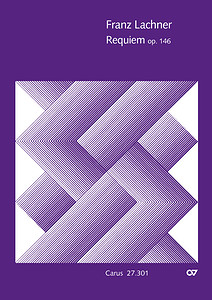
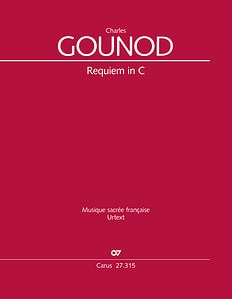
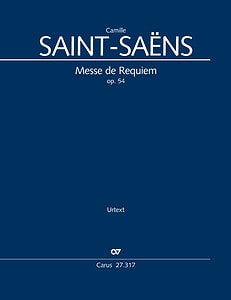
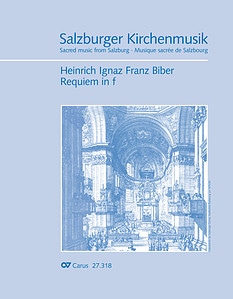
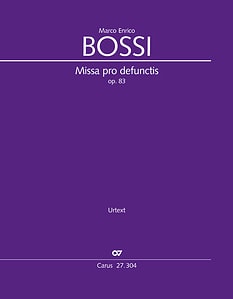
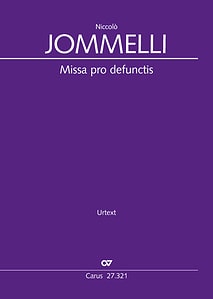
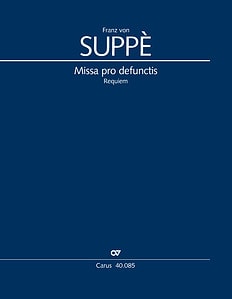

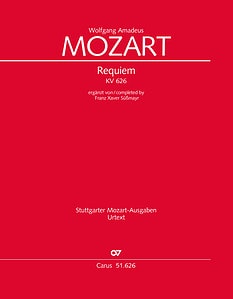
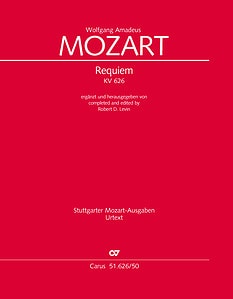
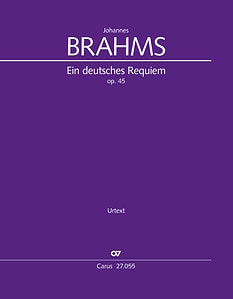
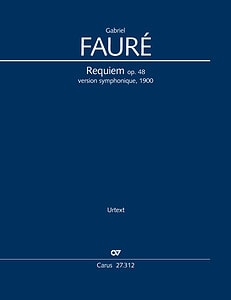
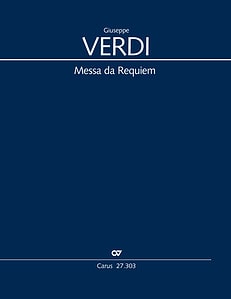
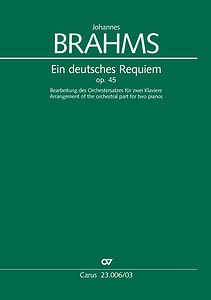


Leave a Reply
Want to join the discussion?Feel free to contribute!